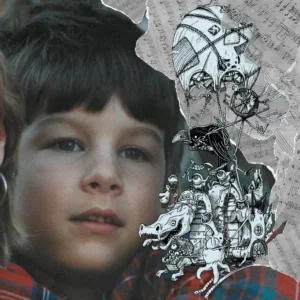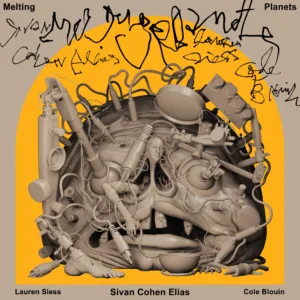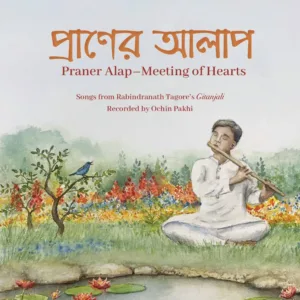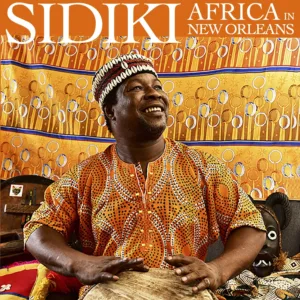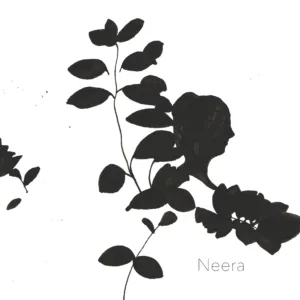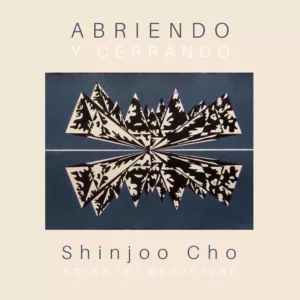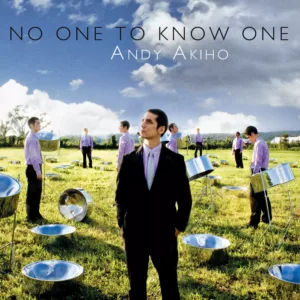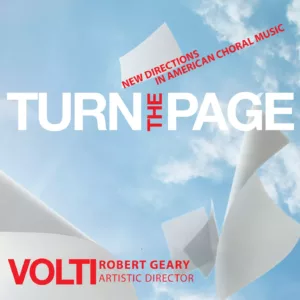Album
Henry Brant Collection Vol. 4
2007 • Experimental, New Classical, World • Africa, Anthology, Choral, India, Percussion, Spatial
1
Meteor Farm: No. 1. —
3:41
2
Meteor Farm: No. 2. —
1:22
3
Meteor Farm: No. 3. —
2:31
4
Meteor Farm: No. 4. —
4:20
5
Meteor Farm: No. 5. —
2:15
6
Meteor Farm: No. 6. —
3:13
7
Meteor Farm: No. 7. —
3:02
8
Meteor Farm: No. 8. —
2:53
9
Meteor Farm: No. 9. —
7:58
10
Meteor Farm: No. 10. —
2:18
11
Meteor Farm: No. 11. —
2:02
12
Meteor Farm: No. 12. —
6:13
13
Meteor Farm: No. 13. —
2:34
14
Meteor Farm: No. 14. —
2:52
15
Meteor Farm: No. 15. —
6:14
16
Meteor Farm: No. 16. —
3:22
17
Meteor Farm: No. 17. —
13:20
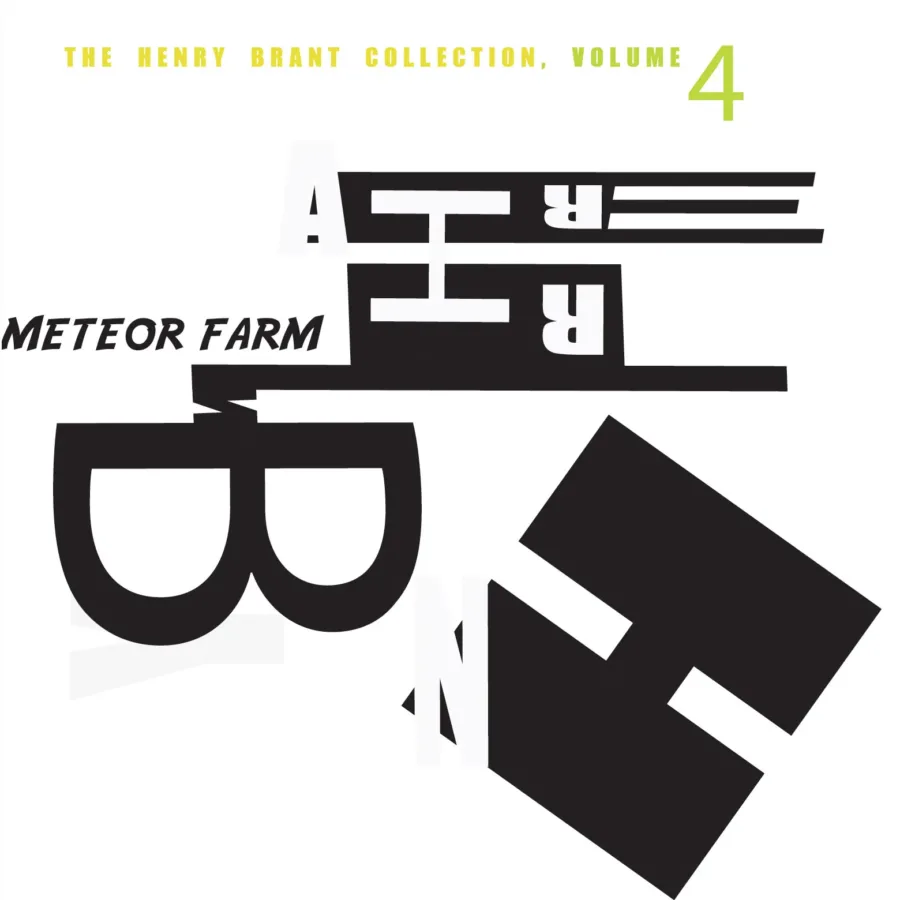
One Sheet
Grand Universal Farm produce.
Artist
Composer
Performer
Release Date
April 10, 2007
Catalog Number
#411
